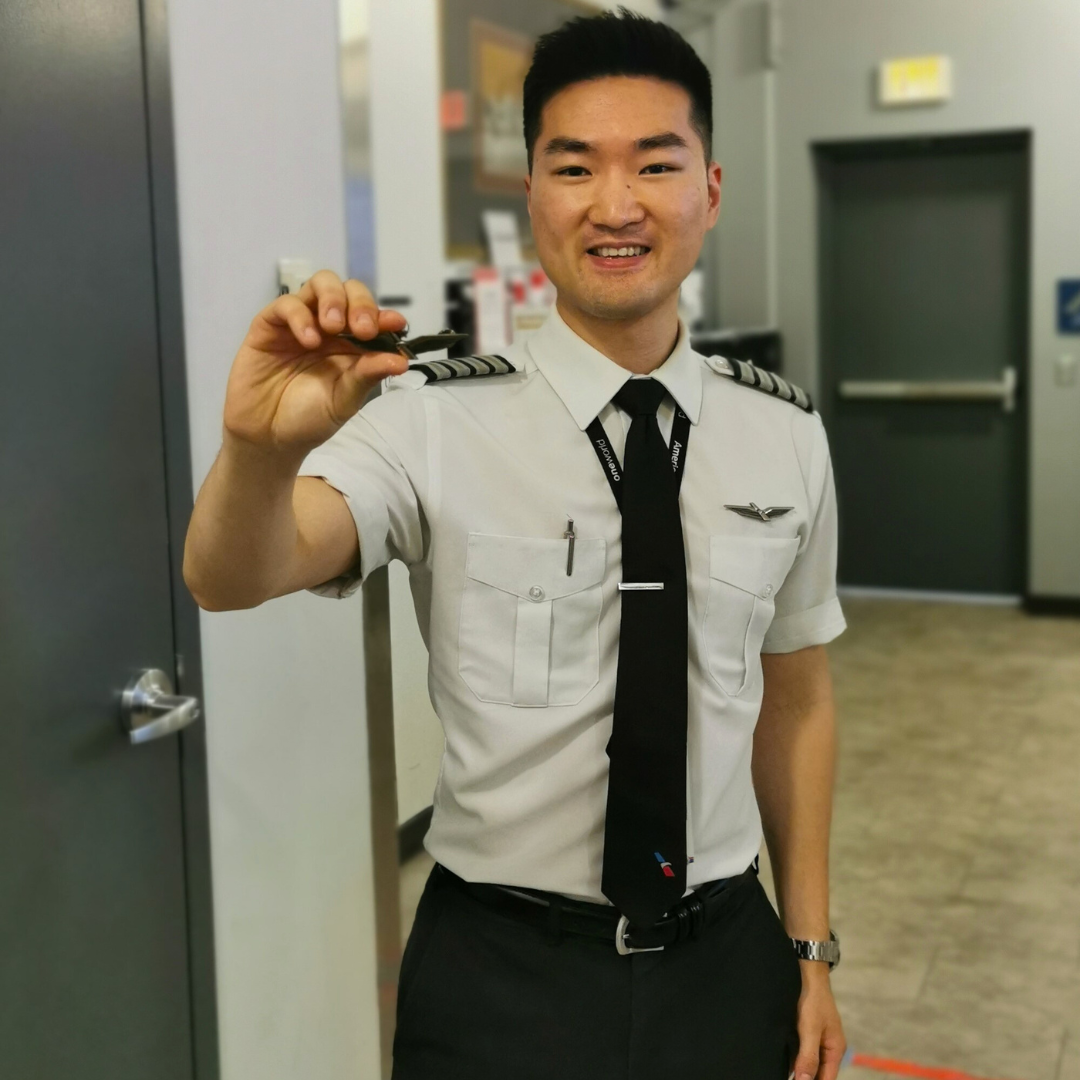AAPI Heritage Month Spotlight: Chief Pilot Paul Kim

May is Asian American Pacific Islander Heritage Month (AAPI), a time to honor the arts, culture, contributions, traditions, and history of AAPI people in the United States. During this important observation, we are pleased to spotlight our team members who show how our diverse backgrounds contribute to The PSA Way.
At eight, Chief Pilot Paul Kim moved with his family to the United States from Seoul, South Korea. His interest in flying began in high school, leading to him attending Embry-Riddle Aeronautical University in Daytona Beach. While enrolled, he obtained his pilot certificates and joined several organizations, including the Flight Team and Asian Student Union. Before arriving at PSA, Paul taught as a Certified Flight Instructor in Florida and Maryland.
In honor of AAPI Heritage Month, Paul spoke with us about his aviation journey, cultural traditions, and representation in the flight deck.
What was your path to PSA and flying?
I am somewhat of an odd case. I never caught the aviation bug from flying or anything else when I was young. However, it was something that interested me in high school as a career that seemed fun with many benefits. I’m embarrassed to say that I did not know the difference between a Cessna 172 and a Boeing 747 when I got to Embry-Riddle Aeronautical University in Daytona Beach. However, I learned everything from the classes and flight instruction, as well as from the passionate students and faculty.
I tried flying for the first time there and have enjoyed the challenge and the view from the sky ever since. At one point, I lived in Cambodia for a few months to fly small UAVs as I was interested to see if it was worth pursuing (it was not for me). After some more instructing, I was able to get my hours to come to PSA to work my way from First Officer to Captain to Chief Pilot.
What does your role as a Chief Pilot entail?
My role as a Chief Pilot is to support our frontline pilots so they can successfully perform their duties to maintain a safe, legal, and compliant operation. This can look like mentorship in professionalism, clarifying procedures/policies, and providing assistance with various issues that intersect between a pilot’s job and personal life. There’s a little bit of everything in the office, and I enjoy the problem-solving aspect of the job and helping the pilots so our operation can ultimately succeed.
As a member of the AAPI community in aviation, specifically as a Chief Pilot, how do you feel you positively impact PSA’s culture of diversity and inclusion?
It’s nice to see all kinds of people from various backgrounds and cultures in the company and aviation as a whole. Aviation itself spans the globe, and representing one of the many countries here, I think, helps people appreciate the diversity that we all enjoy in this unique industry. I also think that as an immigrant and naturalized US citizen, I can understand people of all kinds of ethnicities who make their way from other continents with the mission of being a professional pilot here, and I can translate that to greater empathy and support for their success.
What are some of your cultural traditions or customs you hold dear?
In Korea, there is this concept called “Jeong,” which is a deep bond between family and friends. It’s hard to translate exactly, but it’s an almost self-sacrificial caring for each other. Regardless of how long I have lived thousands of miles away from my extended family in Korea, I am always welcomed with open arms whenever I visit. It always amazes me how much they are willing to go to take care of me even though we are distant relatives and have not kept in touch for years. I think it highlights the deeply rooted importance of relationships and community in AAPI culture.
In the spirit of AAPI Month, what is it about your culture and heritage that you cherish the most?
Meals. Koreans will often greet someone and ask if they have eaten. This is the same as a “How are you?” But it isn’t meant just literally but mainly to communicate that you care about the other person (e.g., parents say this to their children, children to parents, friend to friend). It sounds silly, but I like how it’s the perfect opportunity to suggest some good Korean BBQ for dinner together. Beyond that, the basis of a Korean meal includes side dishes and soups that are shared between everyone at the table. Sharing the plates shows a kind of communal solidarity that I cherish.